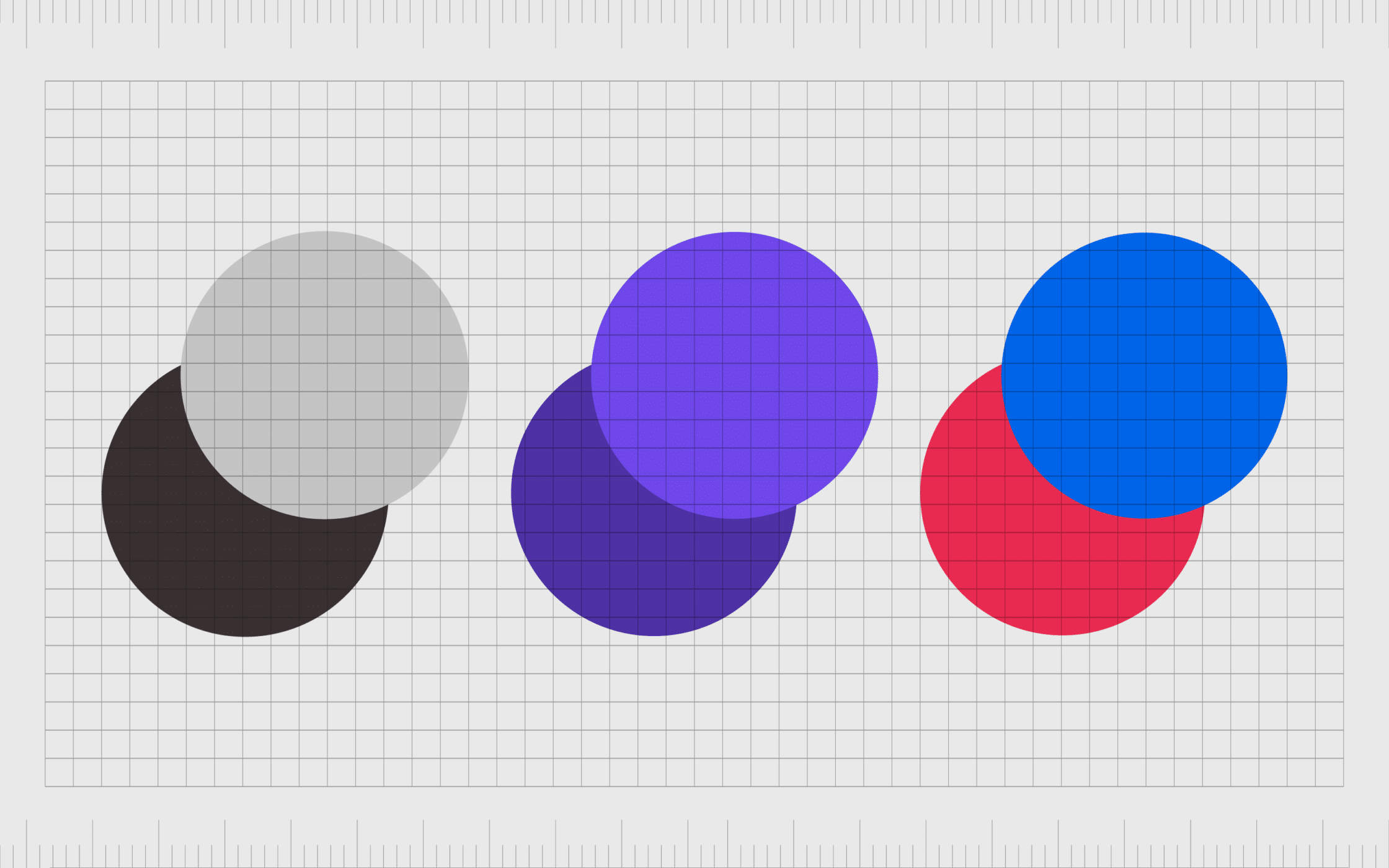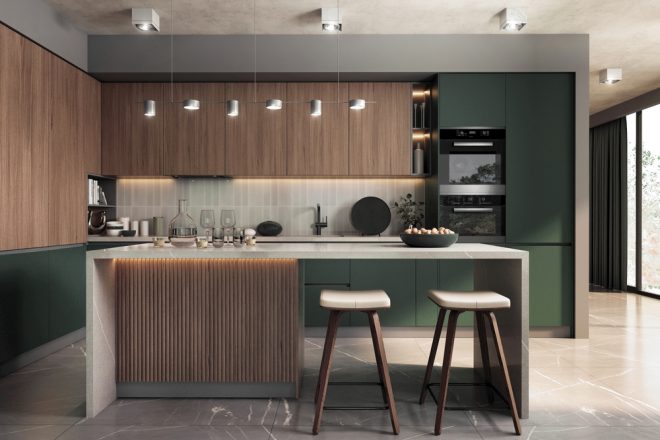Table Of Content

The best way to plan the composition of an artwork, is to create thumbnail sketches in a sketchbook. Roughly shade where the lightest and darkest values will be, or quickly experiment with colour palettes until you find one you like. Chiaroscuro is a technique that uses contrast to create the illusion of light and shadow. It is often used in figurative paintings, where the use of light and dark colours can give the impression of three-dimensionality. Complementary colours can also be used to create high contrast without being too jarring.
Design Unity: Creating Cohesive Visual Harmony
Creating a visual point of interest through contrast in graphic design is one of the most important skills to have. It is the combination of the various contrast techniques that offer optimal results. Using contrast in a balanced way won't seem like a punch in the eye to the viewer but will naturally inspire them to look at the key points in your layout. One of the main reasons to use contrast in your designs, whether for print or web, is to grab attention. The site has large bold text and images, as well as a reversed out, high contrast color scheme. A quick way to add contrast to your designs is to pair a hard shape, like a square or rectangle, with a soft shape, like a circle or an organic figure.
Space elements to create balance
This loft apartment in Brooklyn's Dumbo neighbourhood was renovated by interiors studio Crystal Sinclair Designs, which aimed to add European flair to the industrial space. In its renovation of a London warehouse apartment, local studio Emil Eve Architects aimed to add warmth and colour to the interior without losing its industrial character. The duo reconfigured the apartment layout, creating an L-shaped kitchen with pistachio green units set against red Rosa Alicante marble on the tabletop, worktops and backsplash. Architect Murray Barker and artist Esther Stewart opted for colours and materials in keeping with mid-century interiors when updating this 1960s apartment in Melbourne's Brunswick neighbourhood.
Significance of Graphic Design Services
He used the chiaroscuro technique, which is the contrast of light and dark. The light areas help to focus the viewer’s attention on the subject, while the dark areas create a sense of depth. The limited palette of black, white, brown and red create further contrast and add to the sense of intensity and broodiness that the artist intended to create. One of the design principles truly pivotal to this knowledge exchange is the contrast in design. The contrast in design is the technique of varying the primary characteristics of the design elements such as color, text, images, and layout to highlight the dissimilarity between them. One key virtue of contrast in web design lies in its impact on visual hierarchy.
Always add alt-text to images.
Choose two or three contrasting colours and stick to using just those throughout your painting. By using a palette like this, you can create both colour and value contrast, with fewer tubes of paint. With dark colours used to create shadows, and light colours used to highlight the subject.

Consider black & white
The purpose can be to engage the audience, entertain the audience, raise awareness, or serve as a tool for all these in the bigger picture. You know we throw the terms “Good design”, “Bad design”, or just even “design” very lightly. But when we truly dig into it, we realize that there is a lot that goes into creating these designs. The importance of design is only growing as most of our social and professional interactions are happening on social media and other virtual platforms. The choice of line weight and direction can significantly impact the viewer’s perception of the design, guiding their attention and conveying a sense of stability, movement, or elegance.
In the following picture, your eyes are immediately attracted to the red apple. In this article I will show you the basics theory of contrast and give you some real examples on how its used. If you want to achieve contrast through typography, which fonts are you using?
This article explores this fascinating law, its historical development, and its practical implications, particularly in the field of User Experience (UX) design. A good way to check if you’ve used too much contrast, is to take a step back from your artwork and squint your eyes. If the image looks like a mass of dark and light shapes with no defined edges, then you may have used too much contrast. Another way to check is by photographing your artwork with your phone, then editing the image so that it’s in greyscale. This way you can see the values in your artwork accurately without colour confusing the image.

Contrasting textures
Here are some of the most common types of contrast in design and how they can drastically change a dull and unconvincing artwork to an excellent masterpiece. Apart from bringing attention to certain parts of your artwork, there are many other uses for contrast in art. This article will extensively analyze the different types of contrast in art and how you can use them to create masterpieces. Contrast refers to the art principle achieved by bringing opposite elements together. Proficiency in creating perfect contrasts between elements in your artwork is an invaluable skill for any artist and is an indispensable tool for telling stories with your art. In video marketing, contrast can be used to highlight key scenes or products.
Remember that the contrast definition in graphic design indicates it is meant to communicate a message or inspire the viewer to respond to a call to action. It is easier for the viewer to consider and comprehend a meaning when comparing contrasts. There must be enough similarity throughout the design to set the stage for a contrasting element.
Any digital or physical interface, even a minuscule dot of ink on a paper, automatically has an element of foreground and background. What’s unique to web design is not only the vast options of background-types, but also the fact that a background can change dynamically as the site visitor interacts with it. Any such element can choose to be static or interactive — changing dynamically on its own or triggered by user interaction. Every square uses a background color that contrasts with the item inside it, each engulfed by paddings and margins for space between the squares. The space around each square emphasize their respective differences, allowing visitors to appreciate the individual color, detail, shape, and structure of each object.
Artists can use this scale to determine how values in their artworks relate to one another. Notice how the design also has a contrast in color to make the first three words stand out. Now, this is how you combine two or more contrast types in a single design. Contrast in position breeds curiosity, intrigue, and wonder in the eyes of the consumer. It also helps you set the tone for brand personality, product features, and more by using symbolism in your design.
Designers manipulate contrast to achieve balance, readability, and visual impact in their designs. Apart from color, an artist can also create contrast between the shapes in a piece of artwork. This type of contrast is referred to as shape contrast, which you can use to guide an observer to the main parts of the design.
How to Decorate with Contrasting Colors - Architectural Digest
How to Decorate with Contrasting Colors.
Posted: Tue, 30 Aug 2016 07:00:00 GMT [source]
Contrast is a fundamental principle in design that helps to distinguish between different elements and create visual interest. It can be achieved through variations in color, size, shape, and other attributes. By creating contrast, designers can guide the viewer’s attention, highlight important elements, and enhance the overall aesthetic appeal of a design. It’s a powerful tool that can make designs more engaging and effective. High contrast interiors are timeless, create depth and interest as well as create balance.
Visitors are most likely to read your title first when its profoundly bigger than its surrounding subtitles and body texts. This is why the title on this particular product page is the key indicator of the product’s added value. It tells the user what the benefit and experience of eating that cupcake will be, encouraging him to indulge in the comfort food you can provide. The famous adverts for the iPod expertly used contrast to focus the viewers attention on the music player. The ads featured a silhouetted character on a brightly colored background.
Here we can find endless examples from flyers to advertising, but just to make the point, here is an example of a music festival in France. Its clear that you will first read the festival name, then the dates and finally the location. Filter effects are another delicate way to add contrast within an image or design element itself. Elementor’s filter effects are enabled by CSS Filters that let you apply graphic effects like blur or color shifting to images.

No comments:
Post a Comment